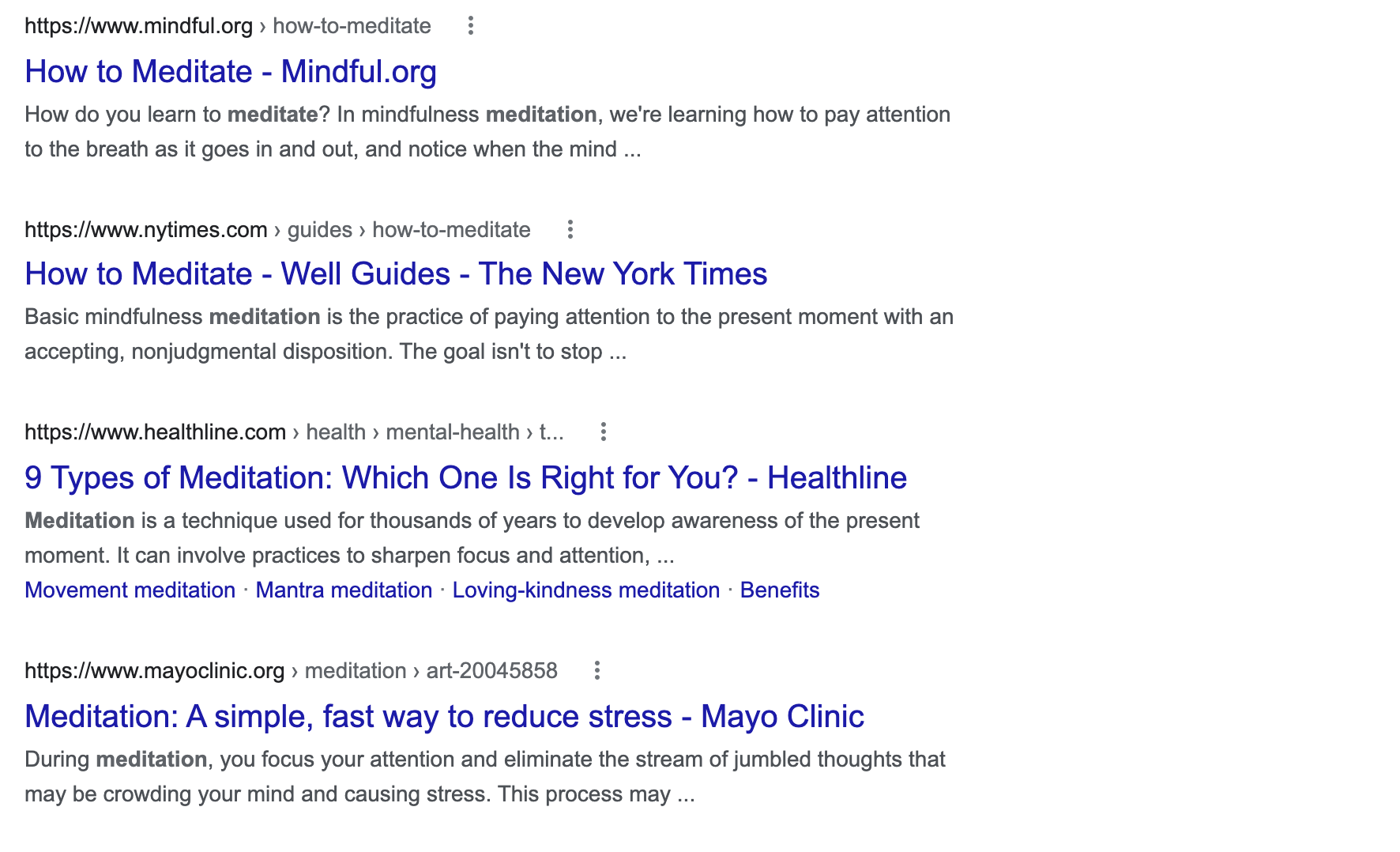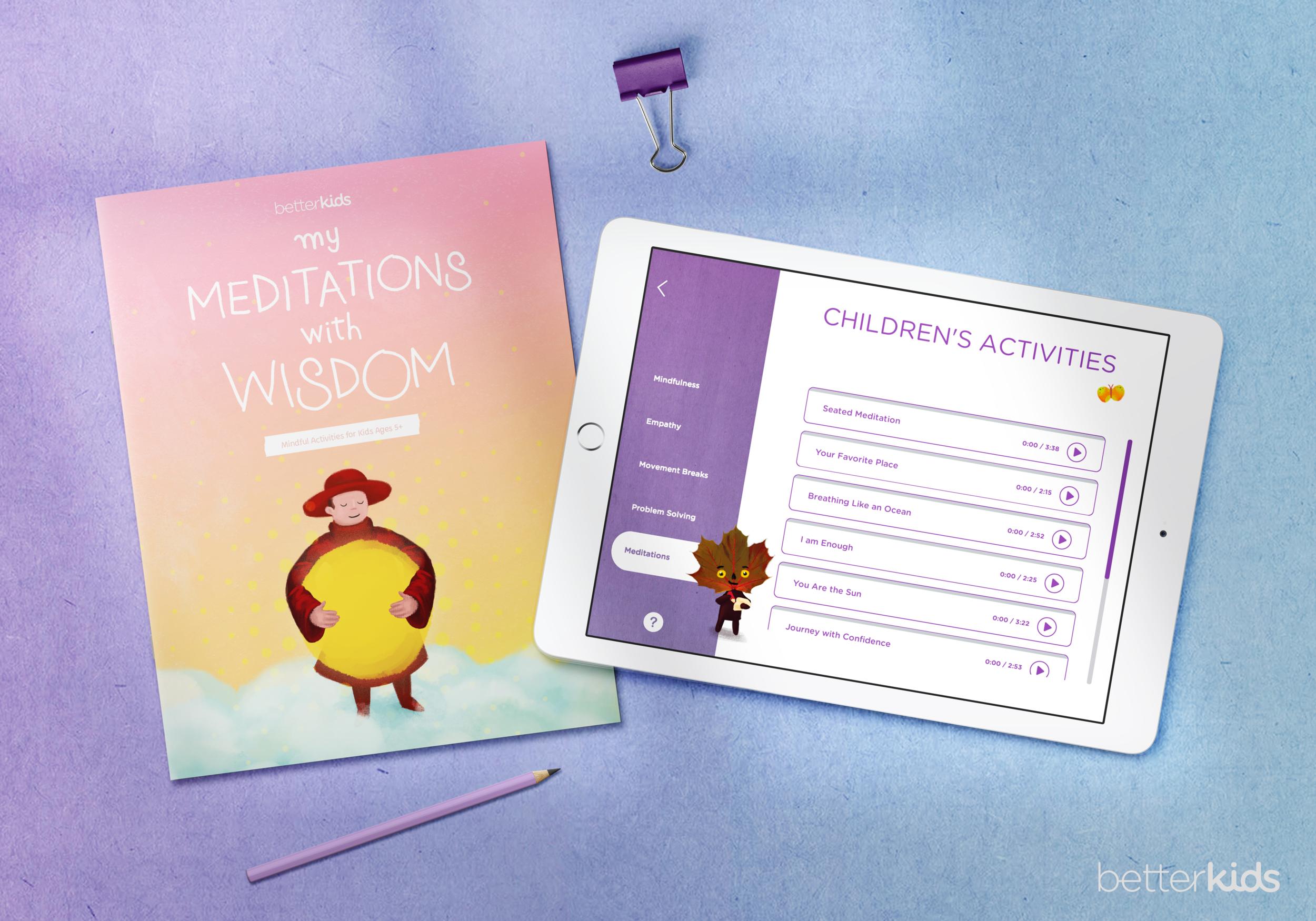
Although the origins of Zen are difficult to trace, they are not impossible to understand. Bodhidharma, a sixth-century Buddhist monk, introduced Zen's teachings to China. Bodhidharma introduced Zen to Japan one hundred years later. Zen gained independence from written words while on his travels. He taught his students the turning around techniques of Dhyana, referring to the Lankavatara Sutra. All early Zen masters were familiar with various Buddhist texts and canons.
Bodhidarma brought Zen from India to Japan, where it has remained for over a century. During his lifetime, he was known for his no-method approach. However, he developed several methods for triggering enlightenment, including koans, or riddles. These riddles were created to challenge students and to lead them to ultimate enlightenment. A classic koan was the one-hand clapping sound, which allowed you to meditate. The art of Zen poetry and calligraphy is also associated with the practice.

In the earliest Zen texts, the Buddha preached the Flower Sermon. This Dharma talk was the foundation of Zen practice. These teachings are believed to have been taught by Buddha to his 14-century audience. He gave his disciples a Dharma talk, even though he wasn't there in person to share with them the nature the universe. Unlike traditional Buddhism, Zen advocates the integration of the body and mind as a means to achieve insight into the nature of things and mind.
While Zen practice can be traced back to India, there is evidence that it evolved in China. This form of Buddhism was known as Chan, and it was transmitted to Japan in the thirteenth century. The new form of meditation won the hearts and minds quickly of the Japanese samurai. This was the predominant form of Buddhism in Japan from the fourteenth to the sixteenth centuries. Chinese immigrants were often encouraged by their Japanese disciples to study in China and to learn more about Chinese culture and philosophy.
The origins of zen are deeply rooted in India. The border of India and Nepal is where Buddha was born. The Buddha's title refers to his royal family. It was there that he founded the first temple. Lumbini was home to the temple at that point. Also, Lumbini was a key center of Buddhism in the ancient World. The city was home to the emperor.

In the fifth Century BCE, Shakyamuni Buddha reached enlightenment when he took up the dhyana pose. The lineage of zen was formed when the teaching was passed from master teacher to disciple. Bodhidharma, who was known as ch'an in the fifth century CE brought the teachings to China. He taught meditation to the Chinese. He was the first one to teach Zen. After his death, the Chinese Buddhists had a major impact on the world.
FAQ
How often should I exercise
Fitness is key to a healthy lifestyle. There is no time limit on how much you should exercise. It is important to find something that you enjoy and stay with it.
You should aim to do 20-30 minutes of moderate intensity exercise three times per week. Moderate intensity means you'll still be breathing hard after you've finished. This type works out burns around 300 calories.
You can walk for 10 minutes every day if that is what you prefer. Walking is low-impact, easy on your joints, and it's also very gentle.
You can also run for 15 minutes, three times per week. Running is a great way of burning calories and building muscle tone.
Start slowly if you aren't used to doing exercise. You can start with only 5 minutes per week of cardio. Gradually increase the duration until you reach your goal.
How can I live the best life possible every day?
Find out what makes YOU happy. This is the first step in living a life that you love. Once you have a clear understanding of what makes you happy you can go backwards. Asking other people how they live their best lives every day is also a good idea.
You can also find books such as "How to Live Your Best Life" written by Dr. Wayne Dyer. He discusses finding happiness and fulfillment throughout our lives.
What's the best diet?
Many factors influence which diet is best for you. These include your age, gender and weight. It is also important to think about how much energy you use during exercise and whether you like low-calorie foods.
Intermittent fasting may be a good choice if you want to lose weight. Intermittent Fasting means that you eat only specific meals throughout your day and not three large meals. This approach may prove to be more beneficial than traditional diets that have daily calorie counts.
Intermittent fasting is believed to increase insulin sensitivity. It may also reduce inflammation. This may lead to a decrease in diabetes risk and blood sugar levels. Some research also suggests that intermittent fasting might promote fat loss, and improve overall body composition.
How to measure your body fat
The best way to measure body fat is with a Body Fat Analyzer. These devices are used to determine the percentage of bodyfat in people who desire to lose weight.
What causes weight loss as we age?
How can you tell if your bodyweight has changed?
If there are less calories than muscle mass, then weight loss is possible. This means that you must consume more calories than you use daily. A decreased level of activity is the main cause of weight loss. Other causes include illness, stress, pregnancy, hormonal imbalances, certain medications, and poor eating habits. Weight gain is when there are more calories than muscle mass. It occurs when people consume more calories per day than they need. It can be caused by overeating or increased physical activity as well hormonal changes.
The main reason why our bodies lose weight is because we consume fewer calories than we burn. Exercise regularly increases your metabolism rate, which allows you to burn more calories every day. But this doesn't guarantee that we'll lose weight. All that matters is whether we're losing weight or gaining muscles. We will lose weight if we burn more calories than we consume. However, if we consume more calories than we burn, we end up storing them as extra fat.
As we age, we become less agile and don't move as often. We also tend eat less than we used to. As a result, we gain weight. On the flipside, we are more muscular than we really need and appear bigger.
There's no way to tell how much weight you've lost unless you weigh yourself every week. There are many methods to measure your weight. There are many ways to measure your weight. You can check your waist, hips, thighs, arms and legs. Some prefer to use the bathroom scales, others prefer to use tape measures.
If you want to track your progress, you should try weighing yourself once a week and measuring your waistline once a month. To track your progress, you can also take photos every few months of yourself to see how far it has come.
You can also look up your height, weight and body measurements online to determine how much you weigh. You'd likely weigh 180 pounds if you were 5'10 tall and 180 pounds if you were 180lbs.
Why is it important to live a healthy life?
A healthy lifestyle will help us live longer and happier lives. Regular exercise, healthy eating habits, healthy sleep habits and stress management can all help prevent strokes, heart disease, diabetes, and cancer.
A healthy lifestyle will also improve our mental health by helping us cope better with everyday stresses. A healthy lifestyle can also help you feel and look younger.
Statistics
- The Dietary Guidelines for Americans recommend keeping added sugar intake below 10% of your daily calorie intake, while the World Health Organization recommends slashing added sugars to 5% or less of your daily calories for optimal health (59Trusted (healthline.com)
- nutrients.[17]X Research sourceWhole grains to try include: 100% whole wheat pasta and bread, brown rice, whole grain oats, farro, millet, quinoa, and barley. (wikihow.com)
- This article received 11 testimonials and 86% of readers who voted found it helpful, earning it our reader-approved status. (wikihow.com)
- WHO recommends consuming less than 5% of total energy intake for additional health benefits. (who.int)
External Links
How To
What does the meaning of "vitamin?"
Vitamins are organic compounds that can be found in foods. Vitamins aid us in absorbing nutrients from the food we eat. Vitamins cannot be produced by the body. They must be acquired from food.
There are two types vitamins: water soluble or fat soluble. Water soluble vitamins dissolve easily in water. You can find vitamin C,B1 or thiamine, B2 or riboflavin and B3 or niacin, B3/niacin, B6/pyridoxine, folic Acid, biotin and pantothenic Acid as examples. The liver and fatty tissues are home to fat-soluble vitamins. Some examples include vitamin D and E, K, A and beta carotene.
Vitamins are classified according their biological activity. There are eight major categories of vitamins.
-
A - Essential for healthy growth and health maintenance.
-
C - vital for proper nerve function, and energy production.
-
D - necessary for healthy bones and teeth.
-
E is required for good vision and reproduction.
-
K – Required for healthy nerves & muscles.
-
P - Essential for strong bones and teeth.
-
Q - aids digestion, absorption and absorption iron
-
R - Required for red blood cell production
The recommended daily allowance for vitamins (RDA) varies based on gender, age, and physical conditions. The U.S. Food and Drug Administration (FDA) sets the RDA values.
For adults over 19, the RDA for vitaminA is 400 micrograms per daily. However, pregnant women need 600 micrograms per day because it is important for fetal development. Children ages 1-8 require 900 micrograms per day. Infants under one year of age require 700 micrograms per day, but this amount decreases to 500 micrograms per day between 9 months and 12 months of age.
Children between the ages 1--18 years old who are overweight or obese require 800 micrograms per Day, while those who are overweight or obese need 1000 micrograms. To meet their nutritional needs, children underweight and obese require 1200 micrograms a day.
Children between 4 and 8 years old with anemia will need 2200 micrograms daily of vitamin C.
2000 micrograms per person is necessary for general health. Due to their increased nutrient needs, pregnant and breastfeeding women need 3000 micrograms daily.
1500 micrograms is the recommended daily intake for adults aged 70+, who lose approximately 10% of muscle each year.
Women who are pregnant or nursing need more than the RDA. Pregnant women require 4000 micrograms daily during pregnancy, and 2500 micrograms every day after birth. Breastfeeding mothers need 5000 mg per day when breastmilk is being produced.